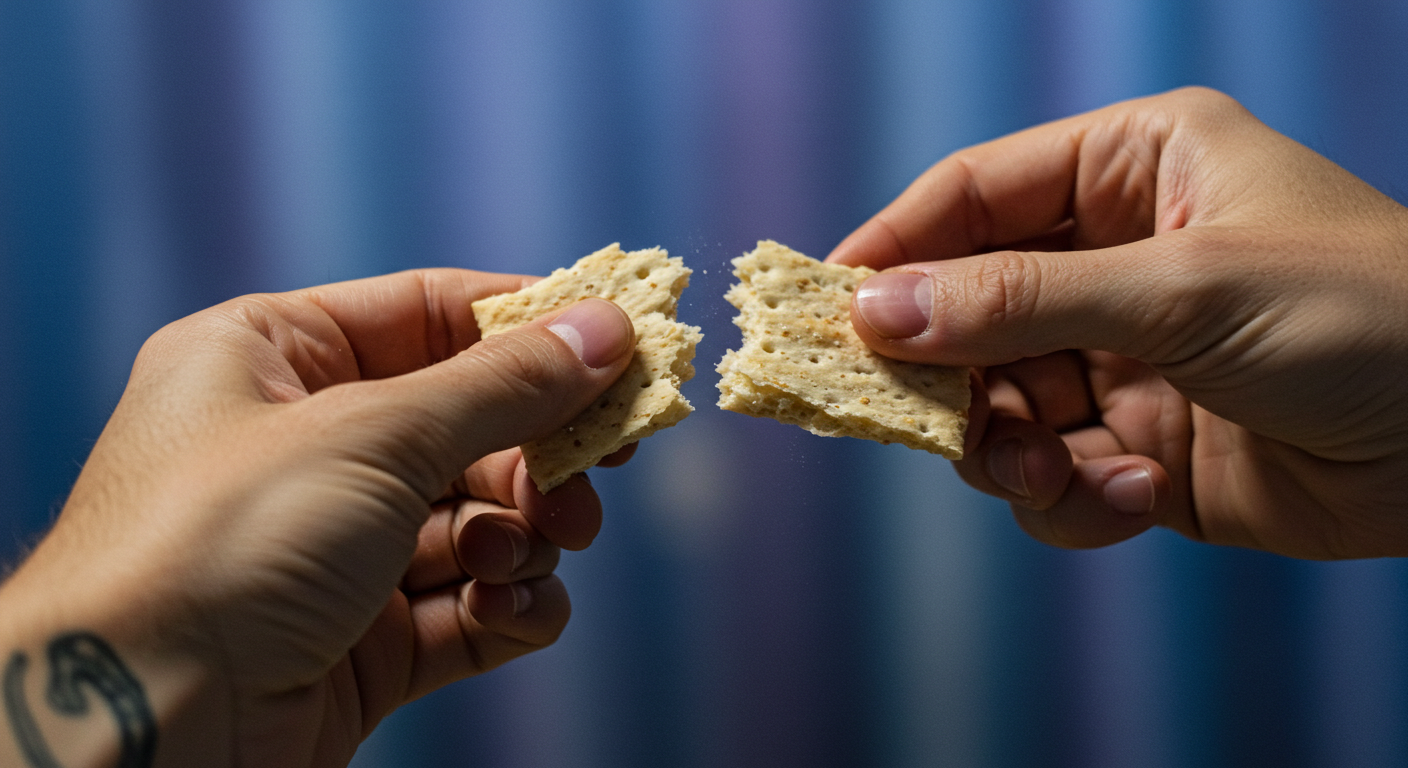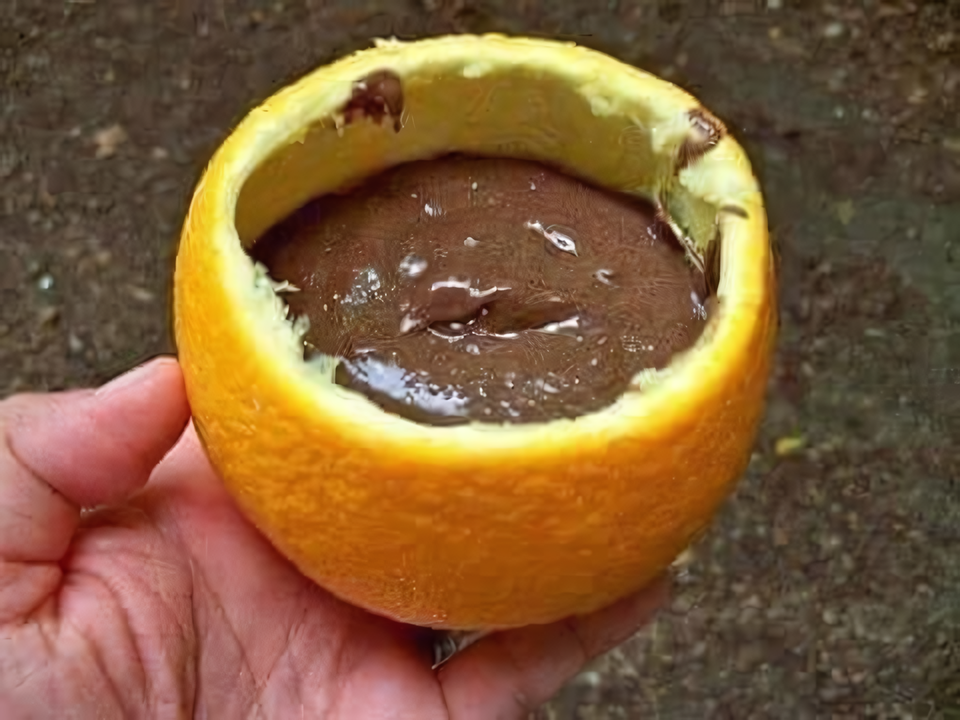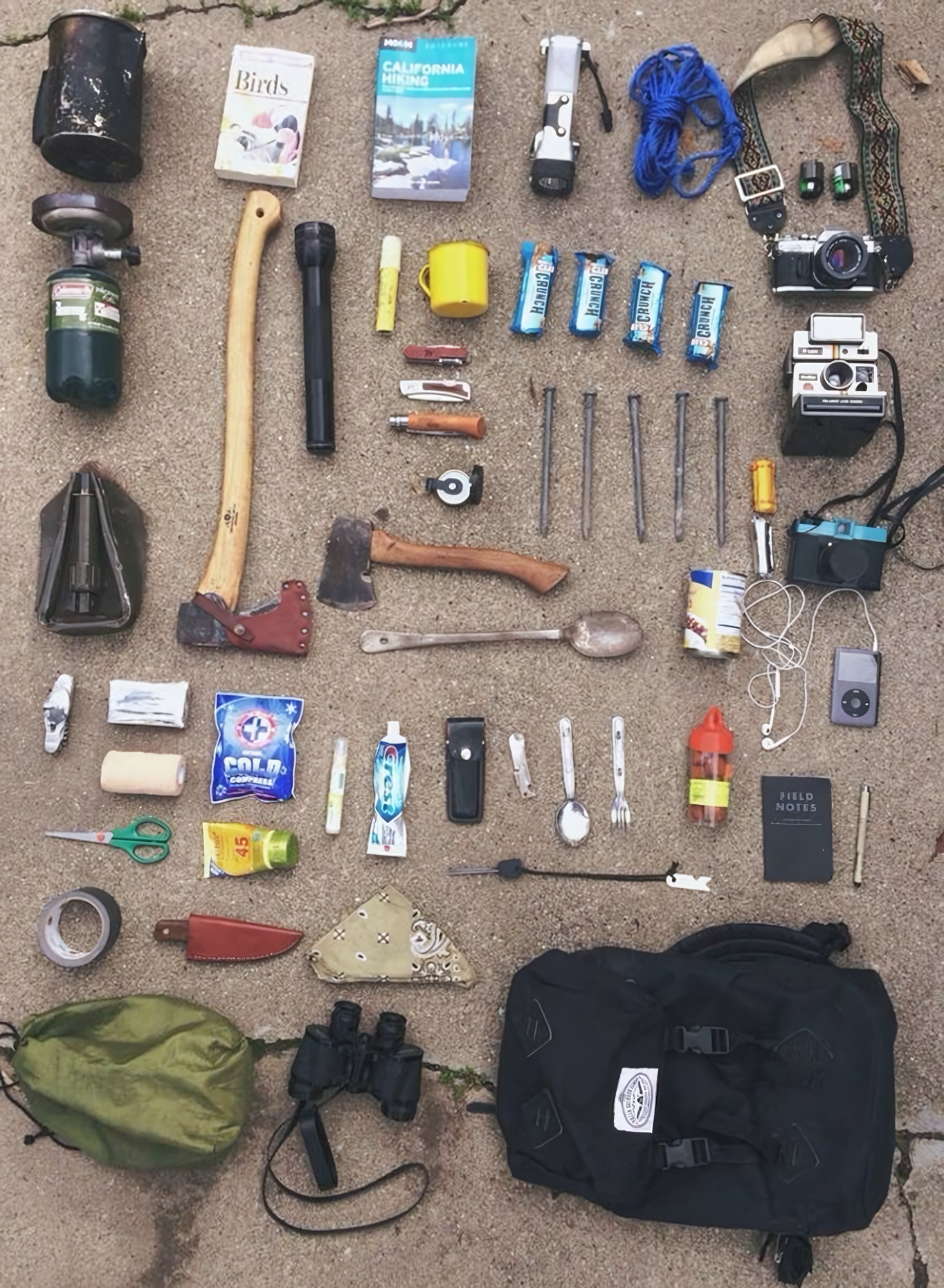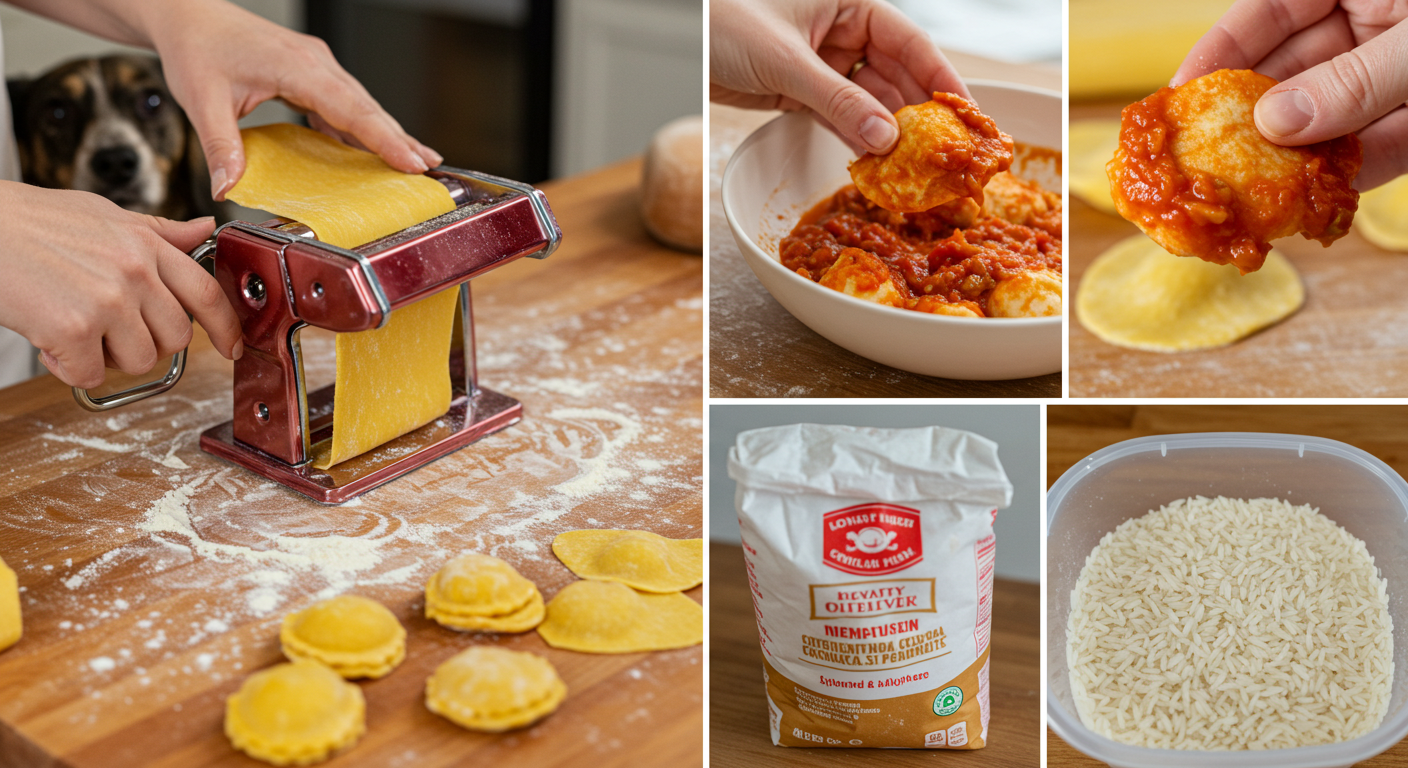Modern food storage is built on fragile timelines and refrigerated promises. But there is one food that scoffs at expiration dates and doesn’t need electricity, refrigeration, or fancy packaging: hardtack.
Hardtack is the cornerstone of centuries-old survival. It’s a dense, durable cracker that feels more like a brick than a snack, and that’s exactly the point. It is a lifeline, not a luxury. Knowing how to make and store hardtack is a skill that transforms you from a consumer into a provider, giving you leverage when others are left unprepared.
What Is Hardtack?
Hardtack is unapologetically simple: just flour, water, and salt. It is a dry, dense cracker that is built to endure. The lack of moisture is what gives it its legendary shelf life; without water, mold and bacteria don’t stand a chance.
Hardtack doesn’t spoil—it just waits. You can store it in a cool, dry place and come back years later, knowing it is still a viable food source. For emergency food storage, it is nearly unbeatable. Hardtack has survived wars, ocean voyages, and long marches, proving its value when consistency is a necessity.
The History of Hardtack
Hardtack’s history is as tough as the food itself. Sailors on long voyages depended on it when fresh supplies ran out. It was a battlefield ration during the American Civil War and fueled entire military campaigns for the Roman army, who called it buccellatum.
This wasn’t just a food of desperation; it was a food of strategy. Commanders could plan longer, riskier campaigns knowing their troops wouldn’t starve. Even on the American frontier, settlers relied on hardtack for the same reason: it held up through rough travel, harsh winters, and unpredictable conditions.
Advantages of Hardtack
Hardtack’s simple design gives it many advantages for survival.
- Long Shelf Life: It can last for years, even decades, with no refrigeration. You don’t have to rotate it every six months like canned goods.
- Easy to Make: You only need flour, water, and salt. No yeast or special equipment is required.
- Cost-Effective: It is incredibly cheap to make, using only the most basic pantry staples.
- Space Efficient: Hardtack stacks neatly and stores in small spaces. A year’s supply can fit in a single airtight bin, making it a lean, mean, and reliable addition to your stockpile.
Disadvantages of Hardtack
Hardtack isn’t a perfect food. It’s built for necessity, not comfort.
- It’s Hard: You won’t be biting into it like a normal cracker. Eating it dry can crack a tooth, so it must be softened first.
- Bland Taste: The taste is basic and salty. It’s not meant to be delicious, but to provide calories when other options have spoiled.
- Lacks Nutrition: Hardtack provides carbs but not much else. It is meant to be paired with other foods like dried meat, jerky, or broth to provide a complete meal.
How to Make Hardtack
The recipe is simple and straightforward.
- Ingredients: You’ll need 1 pound of flour, a half-pint of water, and a half tablespoon of salt.
- Mix and Knead: Preheat your oven to 350°F. Add the flour and salt to a mixing bowl, pour in the water, and mix until a dough forms. Add extra flour or water as needed until the dough is no longer sticky.
- Roll and Bake: Roll the dough into a rectangular shape, about a half-inch thick. Bake for 30 minutes.
- Cut and Poke: Take the dough out and cut it into 3×3-inch squares. Use a fork to poke four rows of four holes in each cracker, then flip the squares over.
- Dehydrate: Return the squares to the oven for another 30-60 minutes to ensure they are completely dehydrated. The drier the better for long-term storage. Let them cool completely inside the oven.
For a short-term supply, you can add spices like garlic powder or dried herbs to the dough. If you want to increase the calories and make it softer, you can add rendered fat or oil, but this will significantly shorten the shelf life.
Eating Hardtack
Eating hardtack is a jaw workout. The traditional method is to soak it in coffee, water, or a stew to soften it. Soldiers used to fry it in bacon grease for a crude but satisfying meal.
You can also crumble it into soups or broths to act as a thickener. Pairing it with other survival foods helps to balance the nutrition and make it more palatable.
In a crisis, eating hardtack is about function, not pleasure. But when you are hungry, tired, and facing a long night, those hard edges will feel like security. It’s not just food—it’s insurance you can chew.




